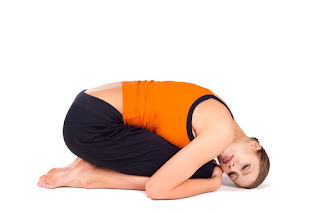Unfortunately, that slouching habit can last far beyond the
teenage years, and many adults still slouch when they stand or sit. Years of
this poor posture can weaken our muscles, especially those in the shoulders,
upper back, and all the way down to the abdominals.
When your muscles are working properly, they keep your body
strong and minimize pain. When they’re stretched the wrong way because of
slouching, it can lead to neck, shoulder, and lower back injuries.
Here are some easy exercises to help you regain strength in your
back muscles.
1. Pec Release. Face a wall while standing. Place a ball (a
lacrosse ball works well for this) two inches below your collarbone and near
your armpit. Lean into the ball and move back and forth until you find a tender
area. Then, move your arm several times up and down and forward and back.
Repeat for about a minute.
2. Wall Dips. Stand four feet from a wall and face it. Keep your
feet shoulder width apart, with your knees bent. Lean forward and, with your
arms straight, put your palms against the wall, thumbs up and fingers pointing
sideways.
Bend forward at the waist, drop your chest toward the ground, and
push your hips and butt backward.
Shrug your shoulder blades as you bend, and press your palms into
the wall to make the upper back muscles engage.
Do 3 sets of 15 reps on each side.
These are just two exercises a Warrington PA chiropractor offers to help you strengthen your back.
There are many more. The important thing is to work your back on a regular
basis to fight the ill effects of slouching.





